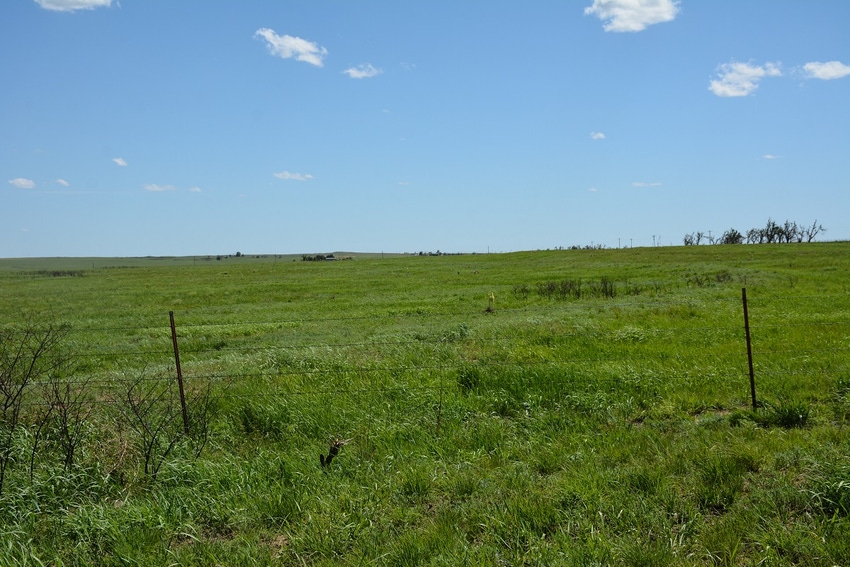
Hemphill County, Texas, up near the top of the Panhandle, continues to recover from the devastating wildfires that blazed across the region back in early March. Within a month of the blaze, timely rains had fallen, awakening the soil and promoting native grasses and forbs to push through the blackened earth.
Five months later, recovery is “a mixed bag,” says Hemphill County Agricultural Extension agent Andy Holloway, who works out of the picturesque town of Canadian. “Back in March, we got a lot of rain, and we continued to get timely rainfall in April and into May. We thought then that we would grow grass like crazy through the summer.”
But the rain stopped. Beginning in late May and extending through June and July, the area suffered under triple digit temperatures, drought, and high winds. “Weeds took over,” Holloway says. “Weeds and sagebrush are especially bad in the sandhills.”
A few areas have received some rain, as much as an inch-and-a-half in some locations, but it’s not widespread; some places got rain, but most missed it, Holloway says. “We need two to two-and-a-half inches. We still have time to grow grass.”
LOT OF WEEDS
He says conditions last year have a lot to do with how the grasslands are responding to the fire damage. “Last year, we had from 30 inches to 40 inches of rain, about twice our usual average.” Ample rainfall produced a lot of grass, but it also produced weeds, many of which provided a seedbank following the fires that laid the ground bare.
“Before the fire, we had plenty of grass to shade out the weeds,” Holloway says. “The fire provided weed and sagebrush an ideal opportunity.”
Despite the slow recovery, Holloway says morale in the region remains good. “People have been encouraged by the overwhelming response from across the country. Wonderful people have helped.”
He says even ranchers who were hurt—some badly—by the wildfires have been quick to respond to others who needed help. Many who lost forage donated a portion of their first hay cuttings to neighbors or ranchers who were suffering through drought and fire—some as far away as Montana or the Dakotas.
“Hope is what has kept us going,” Holloway says. “As long as we have hope, we continue to work on recovery.”
RESTOCKING
Ranchers have begun to bring back some of the cattle they farmed out to other areas while rangelan recovered. “Many of the short-term leases expired, so they have to bring them home,” Holloway says. For some, it’s too soon. “Much of this area needs more time to recover. In some areas, we see a clump of grass here and another clump there with bare ground or weeds in between.
“Someone told me that ‘Mother Nature doesn’t like to be naked,’ so she will cover up with weeds or anything else,” Holloway says. “Covered in something, even weeds, is better than being exposed. That’s especially true on those sandhills.”
He says some ranchers may have to sell off more cattle if they can’t provide forage. “I haven’t heard of that happening yet, but some cattle could be sold with limited grass available.”
Holloway says the region is recovering, hampered by a hot, dry, windy summer. “It’s not real bad, but it’s not real good, either. We would be better off with a good rain.”
About the Author(s)
You May Also Like






